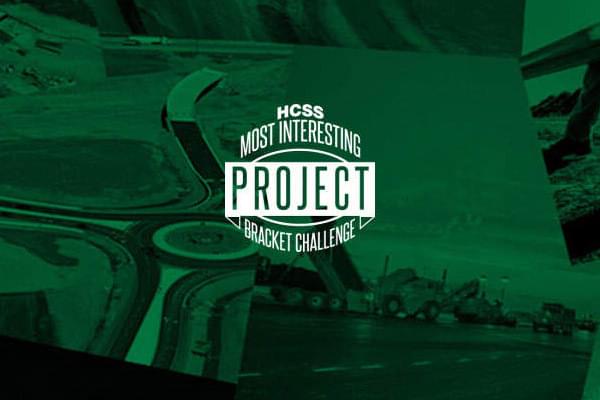Dredging is underway on the East Branch of the Grand Calumet River as part of an $80 million effort to remove contaminated sediment and restore habitat along the stream. Dredging will remove 350,000 CY of polluted mud from the river and soil from adjacent degraded wetlands. Because the contamination runs so deep into the sediment, complete removal would be cost prohibitive. The tainted sediment will be partially dredged and a capping layer of sand and AquaGate (a fine aggregate with an outer layer of organoclay to ensure long-term cap performance) will be placed over the bed to isolate the remaining buried chemicals from the environment. Lower levels of contamination from the sediment have also infiltrated wetland soils along the river, and a large portion of the material to be removed will actually come from the wetland excavation.
What makes it interesting?
This was one of the more interesting marine construction projects as the Grand Calumet River system drains a heavily-industrialized region between Chicago, Illinois, and Gary, Indiana, before emptying into Lake Michigan through the Indiana Harbor and Ship Canal. Much of the system is listed by the US Environmental Protection Agency as a Great Lakes Area of Concern for its legacy of pollution, including polychlorinated biphenyls, polycyclic aromatic hydrocarbons and heavy metals.
How HCSS Software assisted with this project
Environmental Restoration and JF Brennan both utilized HeavyBid to compile cost data for their companies’ roles in the project, then merged the bids to create a master estimate, which incorporated consulting costs and subcontractor costs. HeavyBid was instrumental in combining a multifaceted partnership into a single bid requiring dozens of line items of unit pricing for a four-option period contract with multiple alternatives.






